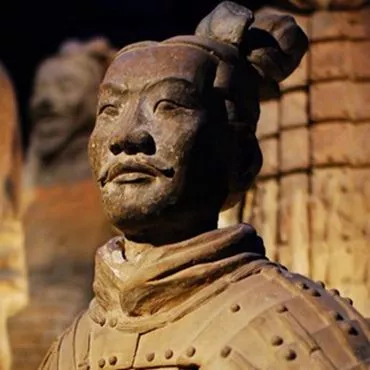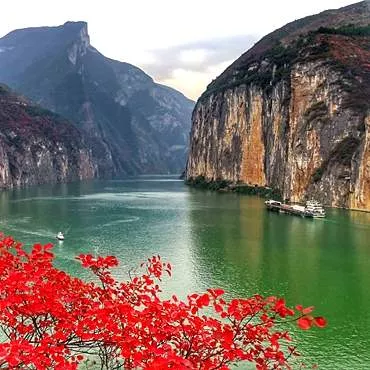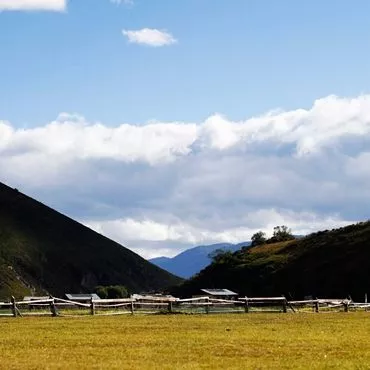Mount Hua
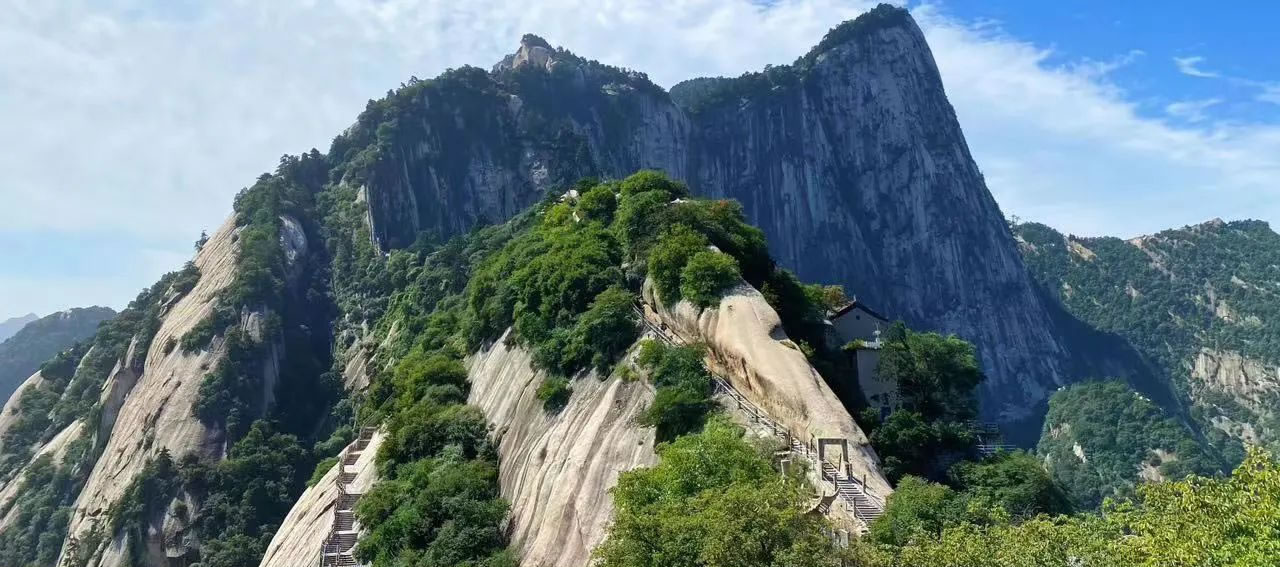
Mount Hua, also known as Huashan ("Western Great Mountain" in ancient times, and "Taihua Mountain" in elegance), is one of China's renowned Five Great Mountains and a national 5A-level tourist attraction. Located in Huayin City, Shaanxi Province, it spans 148.4 square kilometers. Huashan is celebrated as the "most precipitous under heaven," boasting a landscape dominated by sheer cliffs and granite formations dating back approximately 2.7 billion years to the Paleozoic era.
Situated at the confluence of the Qin, Jin, and Yu regions in the Yellow River Delta, Huashan guards the northwest gateway to the Central Plains of China. It is a fault-block mountain, part of the Qinling orogenic belt, composed entirely of granite. The mountain features five main peaks—East, West, South, North, and Middle—and over seventy smaller ridges and three major gorges. Huashan experiences a warm temperate continental semi-humid monsoon climate, with only two rivers, Changjian and Liuye, flowing through its terrain.
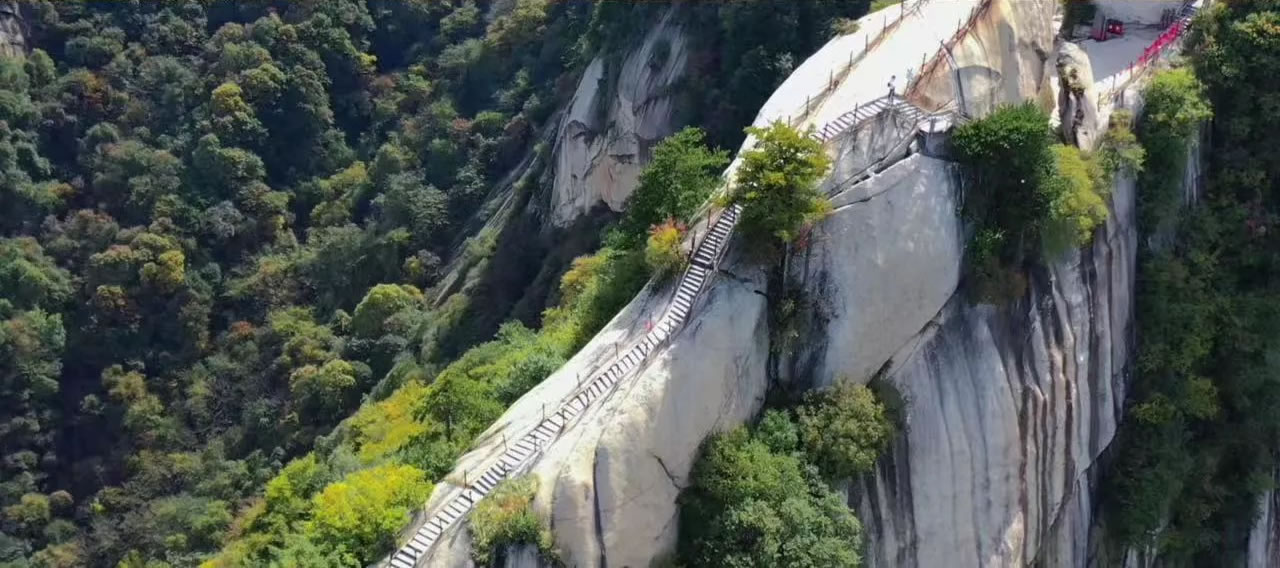
Home to 123 rare protected animal species and six unique plant species, Huashan boasts over 210 scenic spots spread across six main areas: Huafu, Huashan Valley, Huashan Main Peak, Huangfuyu, Wengyu, and Xianyu. It holds significant cultural and historical importance as the cradle of Chinese civilization, with the character "华" (huá) in "中华" (Zhōnghuá) and "华夏" (Huáxià) originating from its name.
In ancient times, Huashan served as a sacred site for imperial worship and was pivotal in the development of Daoism, particularly the Quanzhen School. Its peaks and valleys are dotted with 72 precarious caves and over twenty Taoist temples, where legends of mountain-splitting feats and mystical phoenix calls abound. The mountain's cultural legacy includes over 1200 poems and inscriptions, with numerous rock carvings and historical artifacts.
Recognized as a "First Batch National Scenic Area" in 1982 and one of China's "Top Ten Famous Mountains" in 2004, Huashan is renowned for its rugged beauty and perilous trails. Highlights include the Plank Walk in the Sky, where visitors traverse sheer cliffs on narrow paths held by iron chains; the Eagle-Soaring Platform, a cliffside path resembling the wings of an eagle; and the Thousand-Foot Precipice, a vertical crevice challenging climbers with its steep steps and narrow passages.
Huashan's Western Peak Temple, with its imperial palace-like architecture, and the Golden Lock Pass, a stone arch gateway perched between peaks, are among the many cultural landmarks that enrich its allure. From the towering peaks of North Peak to the tranquil forests of South Peak, Huashan offers a tapestry of natural wonders and cultural treasures, embodying the spirit of ancient China's harmony between humanity and nature.
Huashan stands not only as a geological marvel but also as a testament to China's rich cultural and historical heritage, blending myth and reality into a landscape that continues to inspire awe and reverence.

